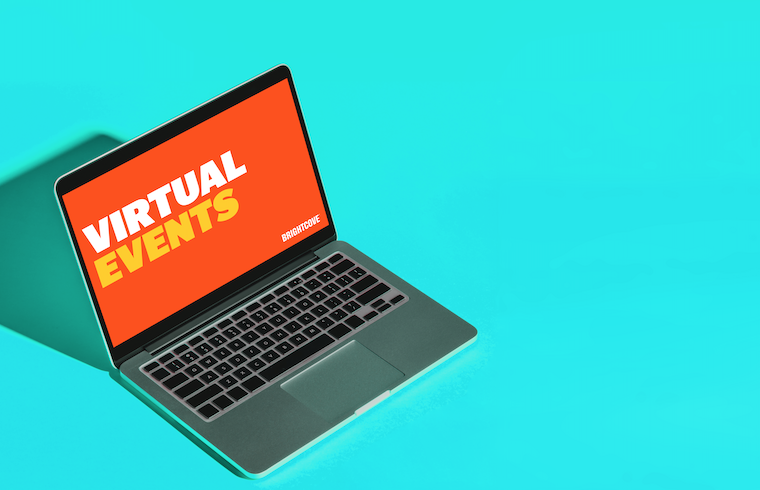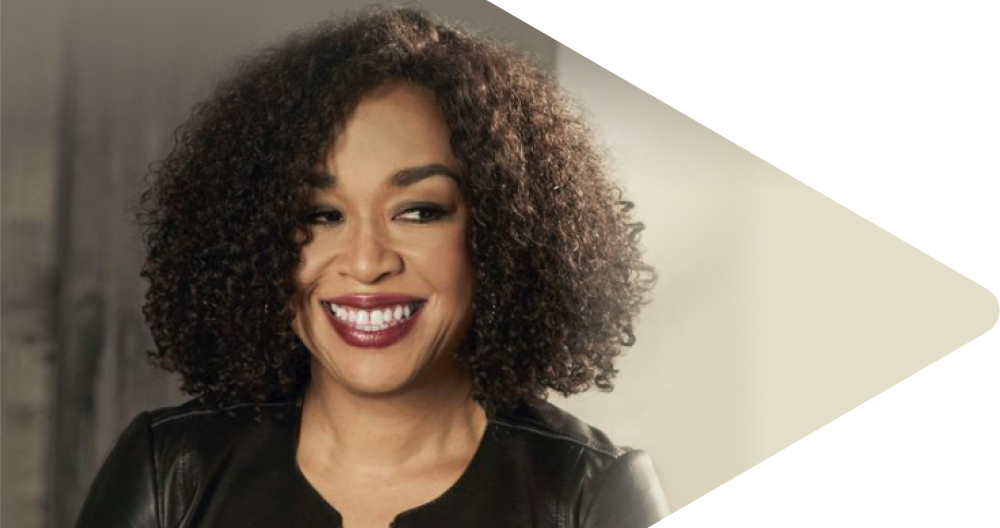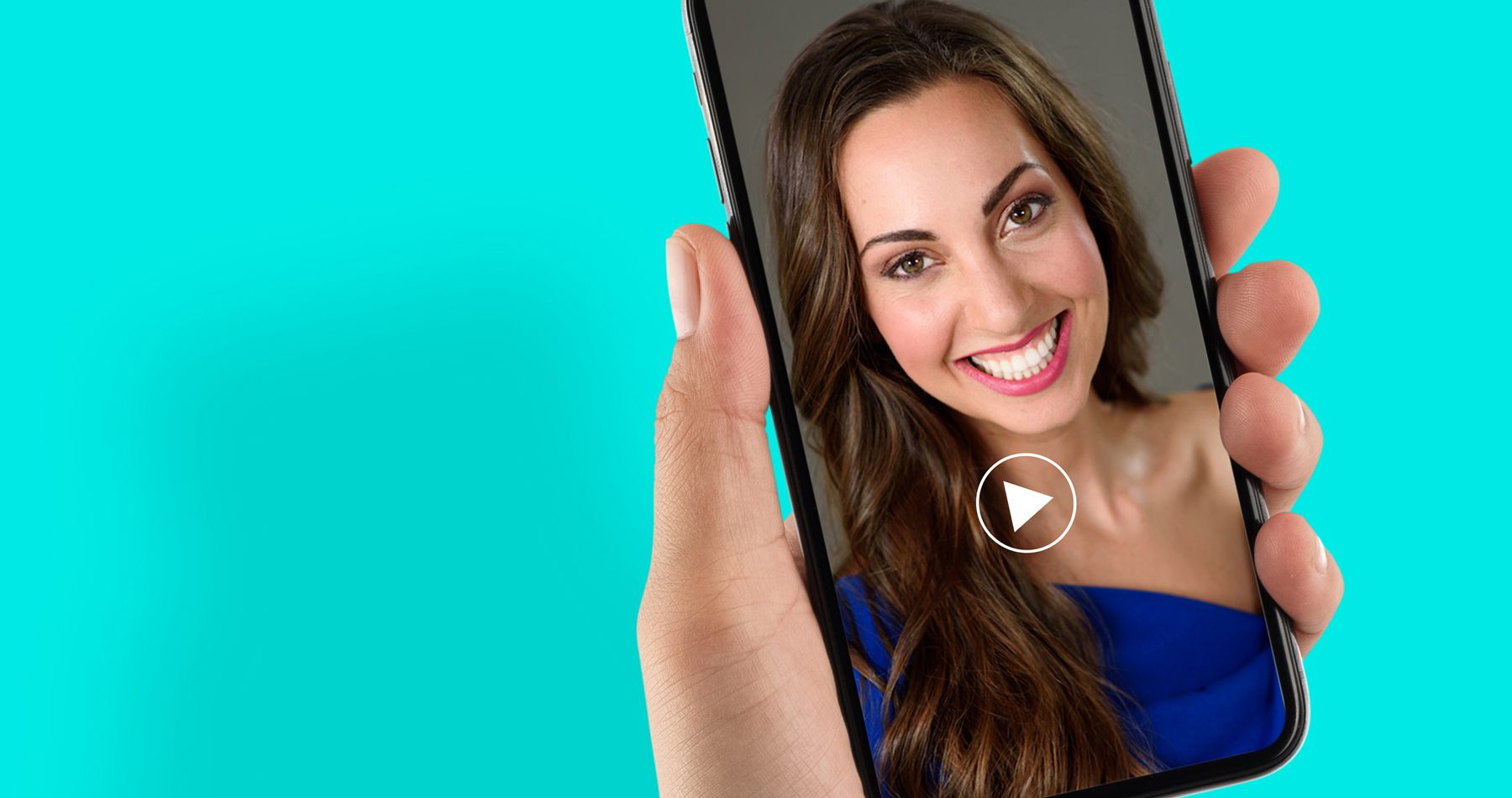4 Predictions for How Virtual Events will Continue to Evolve
Virtual Events

The nature of virtual events has changed dramatically over the last year, and they'll keep changing as audience expectations continue to rise and attention spans become more challenged.
I had the chance to connect with David Moricca, CEO of Socialive, a Brightcove partner company, to get his take on how virtual events will continue to evolve in 2021.
“I think being prescriptive in your virtual events is going to be key,” says Moricca. “Your virtual event is not a Zoom meeting. It has to be a prescriptive content experience where you’re sharing important information and also responding to the audience’s questions.”
According to Moricca, we’ll see virtual events shift in four areas throughout the year ahead.
WE’LL SEE SHORTER EVENTS AT HIGHER FREQUENCIES
“I think this idea that every event needs to be a full-day session is going away. In fact, I think what we're going to see is this compression into shorter, more frequent segments. I think we might see more people switching to multiple sessions, but just two hours a day, or one thematic session over the course of several days. We all know people's attention spans in a virtual environment are much shorter, especially with eight hours of Zoom calls a day, which is really requiring us to think about being a bit faster with content and not trying to overwhelm people with too much.”
-PUT THIS IN ACTION: If you’re planning a full-day virtual event, consider compressing it into shorter sessions across several days if the content is intended to be sequential. Try to keep sessions to 20 - 30 minutes max so people stay engaged, and make sure to really land the three key messages you want your audience to think about or walk away with.
WE’LL SEE MORE DYNAMIC VIDEO CONTENT EXPERIENCES
“I think audiences are also looking for more interactive, dynamic video environments, especially given what we're finding with Zoom fatigue. People are expecting more of a CNN-level style broadcast for their virtual events, with more dynamic elements, like video, graphics, and split-screen formats. I also think the idea of a fireside chat or panel with multiple folks, who offer different viewpoints or come from different angles in the market, creates a more dynamic, interesting experience by nature.”
-PUT THIS IN ACTION: Whenever possible, find opportunities to infuse dynamic elements into a segment, like cutting to a video clip to break up a panel of talking heads, or building on-screen graphics with specific calls to action or a recap of key learnings.
WE’LL SEE NEW INNOVATIONS FOR AUDIENCE ENGAGEMENT
“I think we're going to see more innovation from virtual events platforms, like Brightcove, in terms of how we can drive new forms of audience engagement. Breakout rooms with Chatroulette are interesting, but I think there will be more. I think engagement is going to be much more thoughtful, and we’re going to start seeing more intimate, engaging environments for folks that are more inter-participatory and bring people into the experience to make it more of a genuine, two-way experience.”
-PUT THIS IN ACTION: Look at your overall run of show and identify some key moments within the overall event when it might be helpful or interesting for your audience to open it up to participation, whether that’s a live chat, quick poll, or Q&A. Interactivity deepens engagement.
WE’LL SEE GREATER FOCUS ON POST-EVENT CONTENT STRATEGY
“For physical events, there has always been a heavy focus on the promotion of the event to drive registrations, and the event itself. But the post-event content strategy has been overlooked. I think it's just as important when you're building an event strategy to define, ‘What's my content strategy after I've done the event?’ Especially in a virtual world, where you're going to be producing and capturing all these great sessions with amazing nuggets that you can then repurpose and re-share. All of this content is very powerful when you distribute it across social, digital, and other organic channels. This is where you can actually get the largest segment of customer acquisition.”
-PUT THIS IN ACTION: When you start planning your event, bring everyone together - people from sales, marketing, content, and events - to determine what each team wants to accomplish before, during, and after the event. Then methodically map out the sales enablement and marketing materials that can be leveraged after the fact for email follow-ups, outbound sales, social media, and digital marketing.
If you’re planning a virtual or hybrid event, make sure to download our Definitive Guide to Virtual Events.
Nick Iuliano is Brightcove's Senior Director of Content, helping to tell our best brand, product, customer, and partner stories across global marketing channels.



